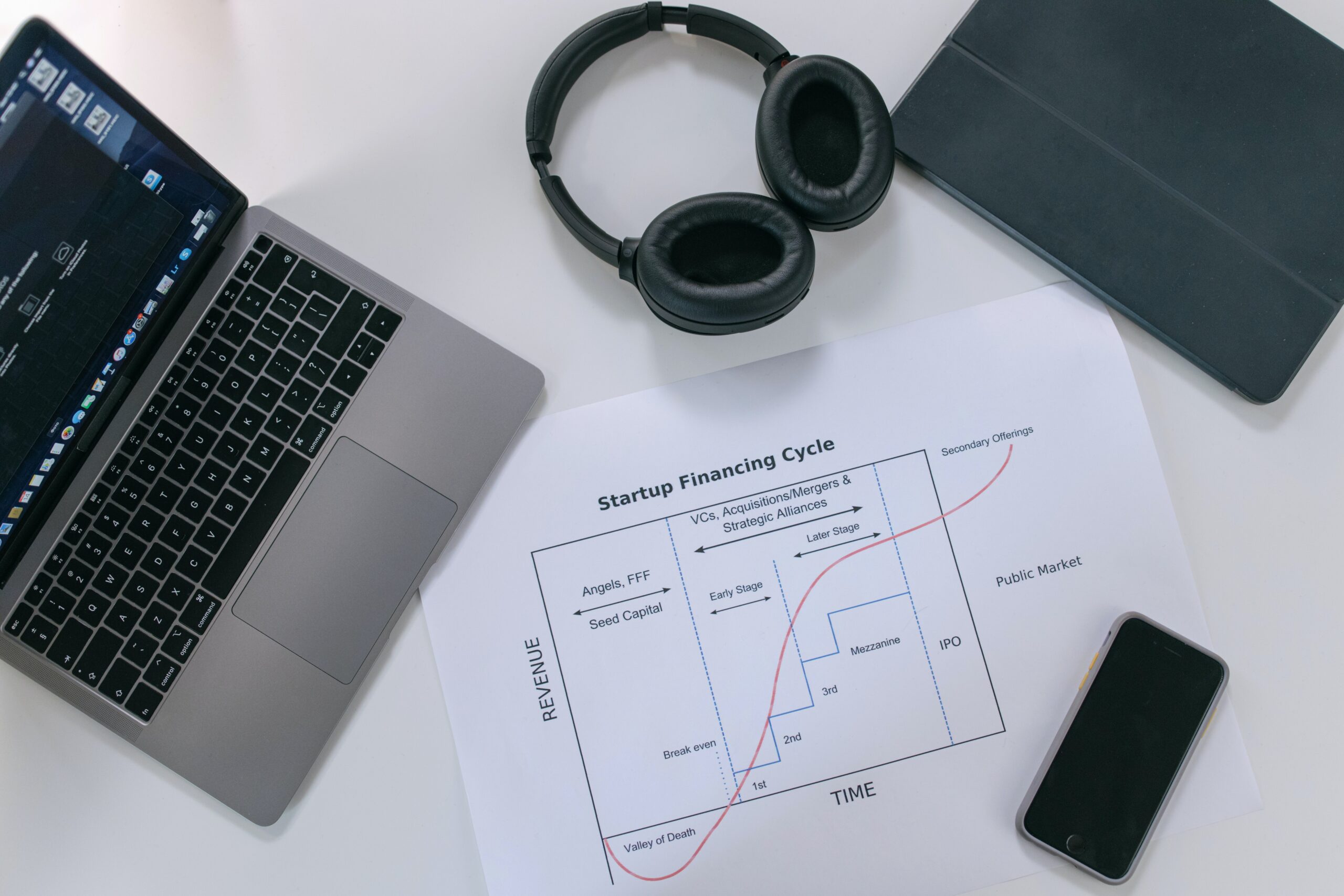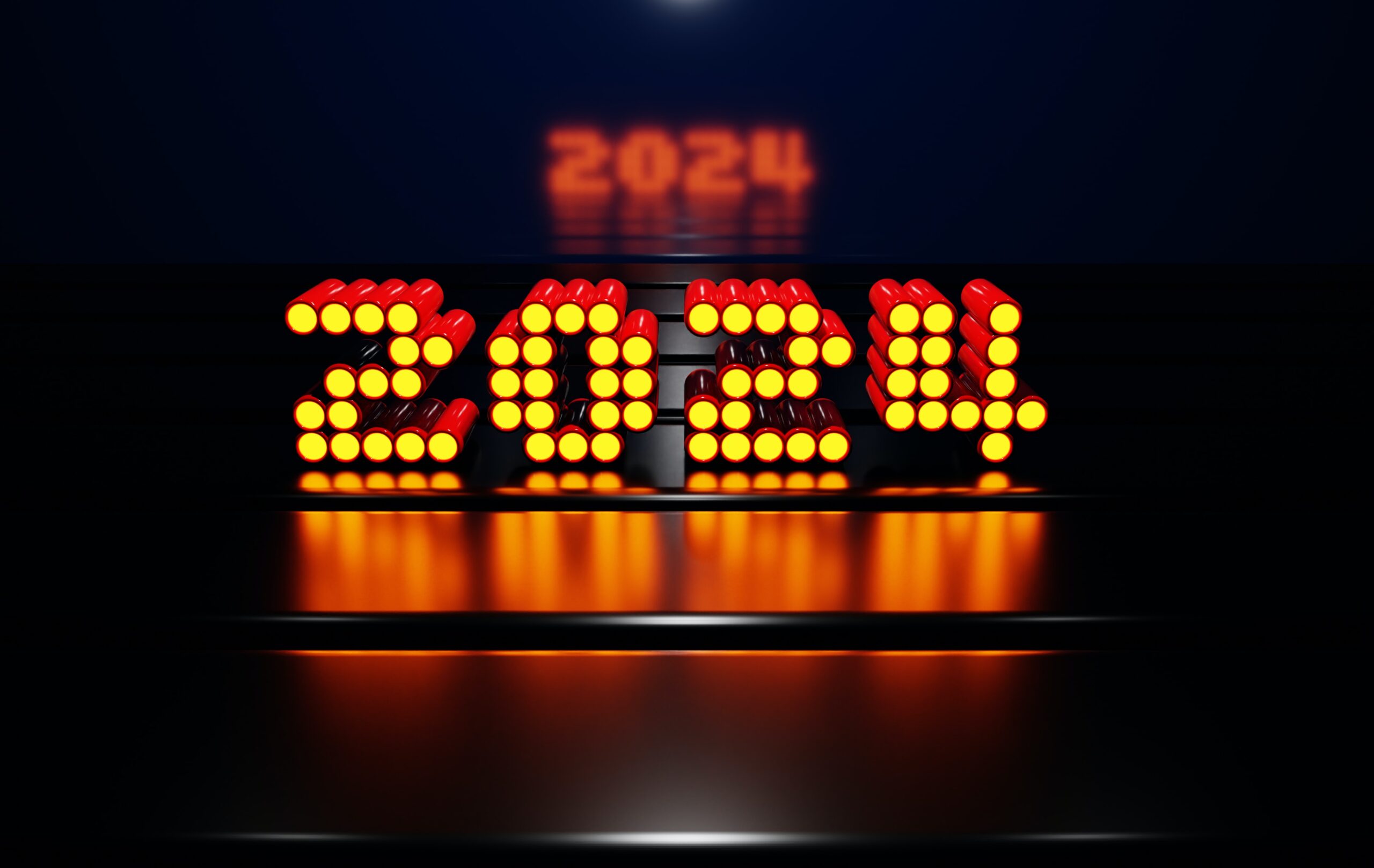The advent of digital marketing has revolutionized the way companies approach customer acquisition, engagement and retention. An integral part of this revolution is marketing automation, a technology that automates and streamlines marketing processes, increases efficiency and reduces human error. The investments in marketing automation tools have risen exponentially due to their potential to deliver a significant return on investment (ROI). However, the key to unlocking this potential lies in the organization's ability to understand, analyze and measure the effectiveness of its marketing automation efforts using key metrics. In this discourse, we will delve deeper into these important metrics and their role in evaluating marketing automation ROI.
Understanding Marketing Automation ROI
The ROI of marketing automation is the financial profit your company receives by investing in marketing automation activities. It shows the profitability of your marketing automation strategies and measures the effectiveness of this technology in your marketing processes. Understanding this requires a deep dive into the financial and non-financial benefits that come from adopting automation tools. An effective way to understand marketing automation ROI lies in proper metric analysis, as the information derived from it can aid decision-making and strategic planning.
A comprehensive understanding of marketing automation ROI also allows companies to identify specific areas where investments have delivered positive returns. This knowledge promotes further investment in these areas or the allocation of resources to maximize returns. On the other hand, it helps identify areas of negative ROI, encouraging companies to reevaluate and adjust their marketing strategies. Therefore, it represents a powerful form of evaluation that helps marketers streamline their strategies and drive sustainable growth.
The importance of analyzing marketing statistics
The importance of analyzing marketing metrics lies in the valuable insights they provide about marketing performance. Using metric analytics, marketing teams can understand how individual tactics are performing and how they contribute to overall business goals. They provide actionable data that can help refine marketing strategies and justify marketing spend. Additionally, a thorough analysis of marketing metrics can help identify trends and patterns, allowing marketers to preemptively adjust strategies to maximize results. For example, if an analysis shows a high bounce rate on a specific landing page, this is a signal to adjust the content or design to improve visitor engagement and reduce the bounce rate.
Furthermore, analysis of marketing metrics provides a quantifiable measure of the success of a marketing automation strategy. It allows marketers to measure the efficiency of the various marketing automation tools used and their contribution to the overall marketing objectives. It helps identify the strengths and weaknesses of the marketing campaign, facilitating informed decision-making and strategic planning. Thoroughly analyzing these statistics also helps ensure that a marketing automation strategy aligns with the overarching business objectives. Therefore, it not only measures marketing success but also links marketing activities to overall business growth.
Key metrics when evaluating Marketing Automation ROI
Analyzing marketing automation ROI requires the use of specific key metrics. These metrics are indicators that help measure marketing performance and identify areas for improvement. By using these metrics, companies can effectively evaluate the return on investment (ROI) for their marketing automation strategy. They contain:
Conversion rate
It conversion rate is a fundamental metric that tells you what percentage of visitors to your website or campaign achieved a specific goal, based on total visitors. A high conversion rate is an indication of successful marketing and web design. It means people want what you offer and they can get it. When analyzing the conversion rate of your marketing automation system, you need to assess the number of visitors that become leads, the leads that convert into customers, and the customers that take advantage of up-selling and cross-selling opportunities. These rates can provide you with valuable insights into the effectiveness of your conversion strategy.
Proactive monitoring and analysis of conversion rates can identify where there are problems in the customer journey. This knowledge can then be used to adjust your marketing strategies, ensuring optimal customer experiences. Additionally, analyzing the conversion rates associated with each channel in your marketing mix helps you use your marketing resources more effectively. This will help maximize ROI by focusing on the most profitable channels.
Customer Acquisition Costs
Simply put, the Customer Acquisition Cost is the cost associated with convincing a potential customer to purchase a product or service. This includes costs associated with research, marketing and accessibility. Understanding CAC is essential when evaluating the cost-effectiveness of your marketing automation strategy. By analyzing the CAC, you can determine how many resources you should ideally dedicate to acquiring new customers. This is especially important when deploying marketing automation, as it involves a significant financial investment. You need to be sure that the amount you spend on software, labor, and other resources does not exceed the revenue you generate.
Lowering CAC is an effective way to increase the profitability of your business. Marketing automation systems often help companies achieve this by reducing labor costs and allowing them to target their marketing more effectively. Yet understanding the CAC alone is not enough. It should be viewed in conjunction with other metrics such as Customer Lifetime Value (CLV), which we will discuss next.
Lifetime Customer Value (CLV)
The Customer Lifetime Value (CLV) is a prediction of the total value that your company can obtain from the entire future relationship with a customer. It's an important metric because it gives you an idea of how much revenue you can expect that a customer will generate over the course of their relationship with your company. By analyzing CLV, you can determine how much you can invest in acquiring new customers and how to optimize retention strategies for your current customers. It also provides insight into the effectiveness of your marketing automation strategy, as one of the key benefits of the tools is the ability to cultivate and maintain relationships with customers.
Optimizing for CLV in your marketing automation strategy means focusing on strategies that promote customer loyalty. This includes personalized email campaigns, tailor-made content suggestions, loyalty programs and excellent customer service. Keep in mind that a high CLV is often associated with a lower CAC. This is because it is usually cheaper to retain customers who stay with your company for a longer period of time compared to the cost of acquiring new customers.
Conversion rate from marketing qualified leads (MQL) to sales qualified leads (SQL).
MQLs are potential customers who have engaged with your marketing team's efforts but are not yet ready to receive a sales call. On the other hand, SQLs are leads that your sales team has accepted as worthy of direct sales follow-up. Assessing your MQL to SQL conversion rate can help you see how well your marketing and sales teams work together. Analyzing this percentage will help you understand the efficiency of your marketing automation system in nurturing leads until they are ready to make a purchase. A low MQL to SQL conversion rate could indicate that your marketing automation efforts are not effectively qualifying leads, or that your sales team is not effectively following up on the leads they receive.
Improving this conversion rate can have a significant impact on your overall ROI. A higher conversion rate means a larger number of potential customers and therefore more sales opportunities. However, it is also essential to consider the quality of the leads passed from marketing to sales. If the leads are not well qualified, you may see an increase in conversion rate but a decrease in sales, which would negatively impact your ROI.
Conclusion ROI of Marketing Automation
Evaluating the ROI of a marketing automation system is a multifaceted process. It involves analyzing several key metrics including conversion rate, CAC, CLV, and MQL to SQL conversion rate. This process provides extensive insights and actionable data about the effectiveness of a marketing automation system. It can help companies understand where their marketing automation strategies are succeeding, so they can double down on those strategies – and where they may be going astray, so they can adapt and optimize for better results. More importantly, these metrics can help maximize a company's profitability by ensuring that every dollar spent on marketing automation delivers the highest possible return.












